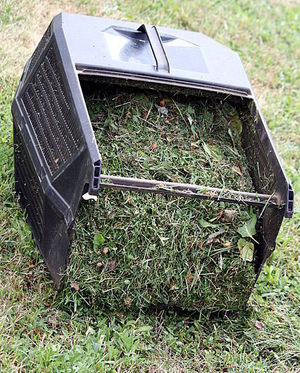The circulatory system provides the human body with the proper amount of nutrients, water and oxygen, and carries away waste such as carbon dioxide, that the body cells produce.
Also, the circulatory system maintains constant body temperature. Anyone that has poor circulation can develop cold feet, and other circulatory related medical problems. Three parts of the circulatory system include: Heart, blood, and blood vessels. The heart beats about three billion times during an average lifetime, and pumps nearly 4000 gallons blood each day. The pumping action of the heart, allows blood to move through the body. The heart has two pumps, and each pump has two chambers. Veins carry blood to the heart. The atrium of the heart, receives the blood. The blood then flows into through a valve going one way, into the lower chamber called the ventricle. Ventricles have strong walls that contract, and squeeze blood through another valve, out into the arteries, that carry blood away from the heart. A “heartbeat” is sound of valves in the heart, closing as they push blood through its chambers. Keeping the heart health is very important. Accomplished by exercise, eating healthy and never smoking. The blood is pumped by the heart, travels within blood vessels, and carries nutrients, water, oxygen and waste products. Human body has five quarts of blood. Within the blood there are blood cells, and platelets.
The blood cells consist Red blood cells (erythrocytes), White blood cells (leukocytes) Platelets (thrombocytes), and Plasma. Red blood cells carry oxygen from the lungs, and carbon dioxide back to the lungs. The carbon dioxide is exhaled, and inhaled is oxygen. Approximately 5,000 Red blood cells in one drop of blood. White Blood Cells attack, and destroy germs that enter the body. During this process, white blood cells produce proteins called antibodies that fight infection caused by bacteria, viruses, and foreign proteins. More white blood cells are produced by the bone marrow, to fight off infection. A drop of blood has 7,000 to 25,000 white blood cells. Platelets stop bleeding. More Platelets gather to seal a broken blood vessel, and cause woods to stop bleeding. Eventually forming scabs that stop the bleeding. There are 250 thousand platelets in a single drop of blood. Plasma is the liquid part of the blood that carries the blood cells, and other components. Average 55 percent of the blood has plasma, and 95 percent has water.
Blood Vessels have three types: Arteries, Veins, and Capillaries. Blood is pumped away from the heart by the dorsal aorta, which is the largest artery in the body. The aorta arises from the left ventricle of the heart. Then blood enters into branches of arteries that supply oxygen. The smallest arteries are the arterioles, which branch into capillaries. Arteries have thick walls because they carry large amounts of blood at high pressure. Veins carry blood to the heart, and have thin walls because the pressure inside them is lower then arteries. Capillaries connect arteries to veins. In the Capillaries, food and oxygen are released to the body cells, which include bones, skin, and other organs. Then carbon dioxide, and other waste products are returned to the bloodstream that travels in the veins.

